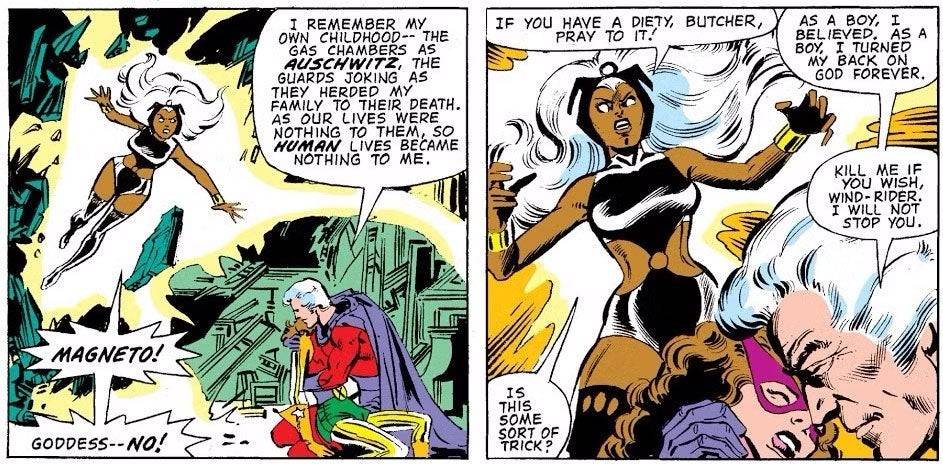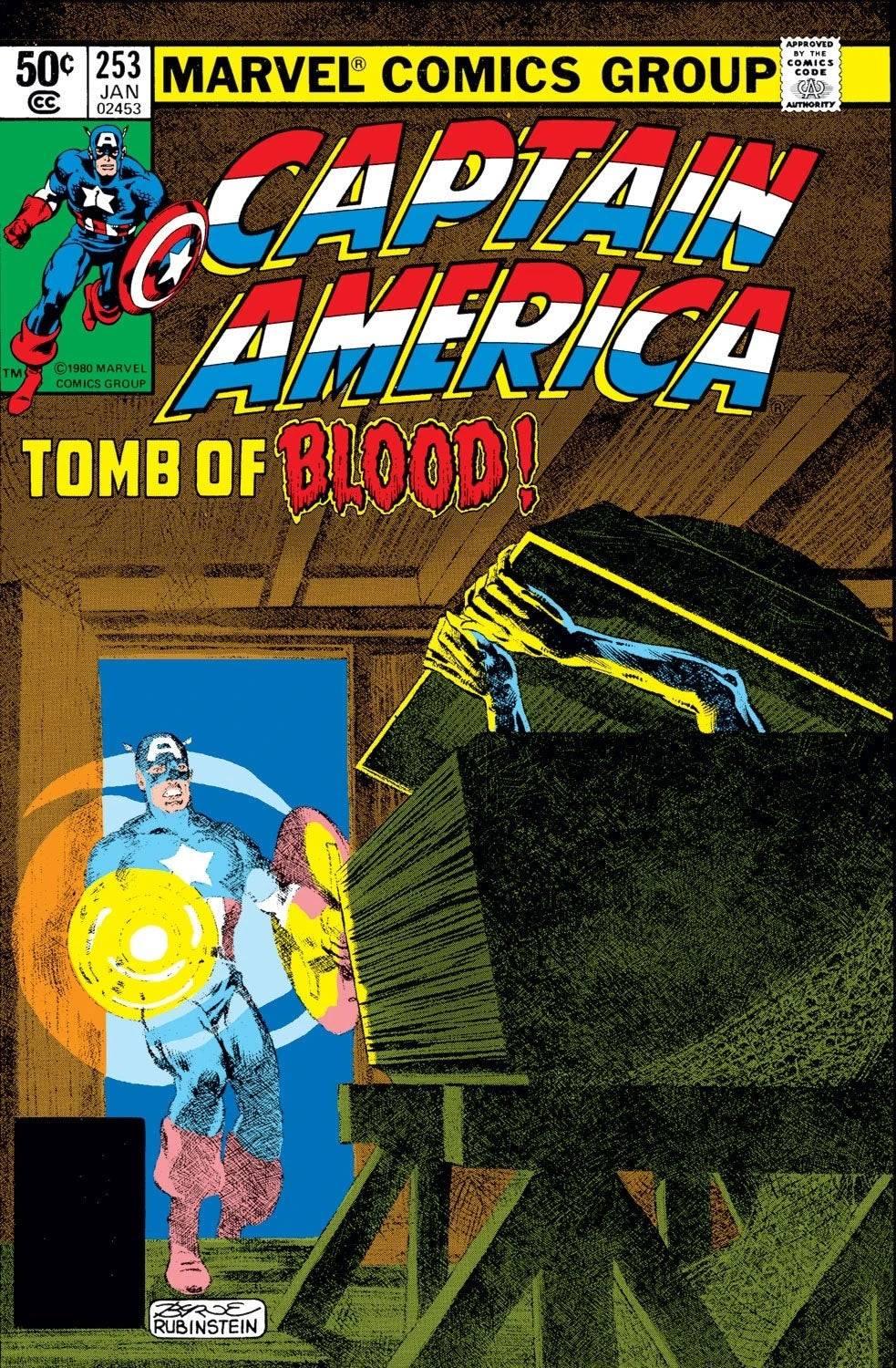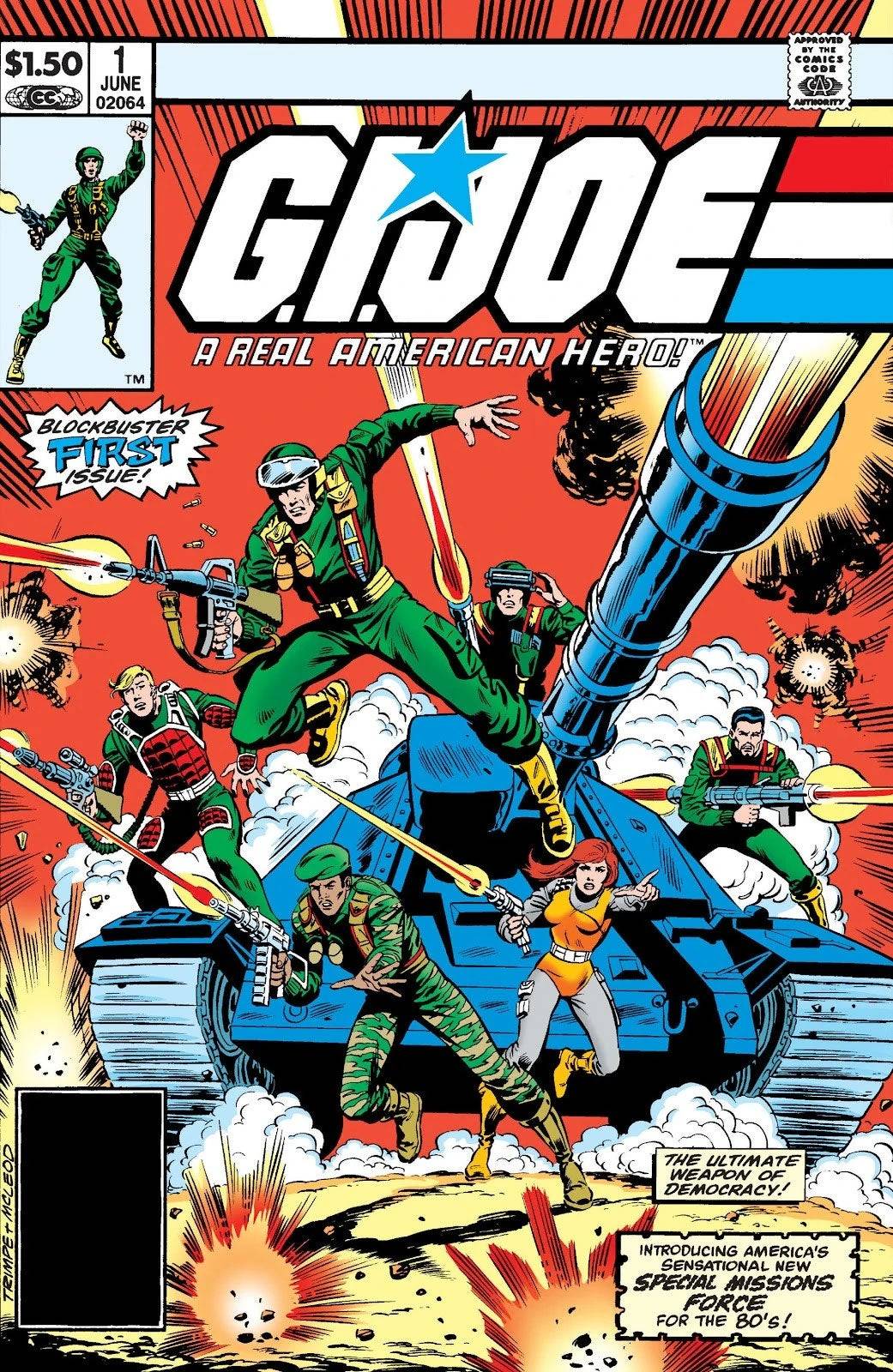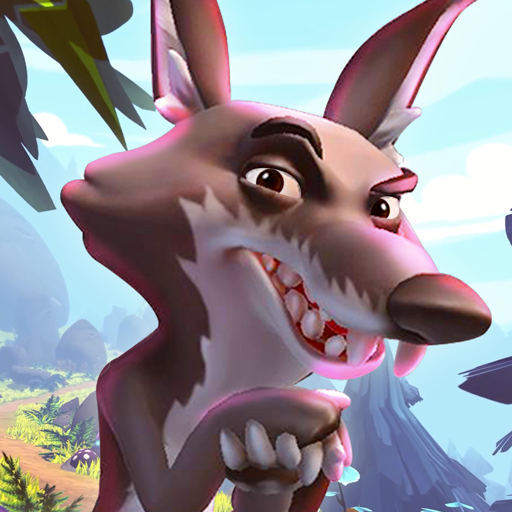The 1970s marked a period of significant transformation for Marvel Comics, introducing iconic storylines like "The Night Gwen Stacy Died" and "Doctor Strange meeting God." However, it was the 1980s that truly showcased Marvel's golden age, with legendary creators delivering unforgettable runs on their flagship titles. This era brought us Frank Miller's groundbreaking work on Daredevil, John Byrne's revitalization of Fantastic Four, David Michelinie's compelling Iron Man stories, and the peak of Chris Claremont's influential X-Men saga. Additionally, Roger Stern's Amazing Spider-Man and Walt Simonson's Thor were just around the corner, further solidifying the decade's impact on the Marvel Universe. These creators and their contributions are pivotal to understanding why these characters remain beloved today.
When examining the entire history of the Marvel Universe, the 1980s stand out as a period of unparalleled creativity and innovation, possibly the company's true golden age. Join us for Part 7 of our exploration into the essential issues of Marvel!
More Essential Marvel
- 1961-1963: The Birth of a Universe
- 1964-1965: The Sentinels Are Born and Cap Dethaws
- 1966-1969: How Galactus Changed Marvel Forever
- 1970-1973: The Night Gwen Stacy Died
- 1974-1976: The Punisher Begins His War on Crime
- 1977-1979: Star Wars Saves Marvel From Bankruptcy
- The Dark Phoenix Saga and Other All-Time X-Men Stories
Chris Claremont's transformative run on X-Men began in 1975, but it was the early 1980s that saw the publication of three of its most iconic stories. The Dark Phoenix Saga, spanning X-Men #129-137, is widely regarded as one of the greatest X-Men stories ever told. It follows the corruption of Jean Grey by the cosmic entity Phoenix, exacerbated by the Hellfire Club, leading to her transformation into the Dark Phoenix. This epic tale, co-plotted and pencilled by John Byrne, introduced key characters like Kitty Pryde (Shadowcat), Emma Frost, and Dazzler. The story's emotional climax, Jean Grey's sacrifice, remains one of the most poignant moments in X-Men lore. Although adapted into films like X-Men: The Last Stand and Dark Phoenix, many fans believe the animated series, including X-Men: The Animated Series and Wolverine & the X-Men, captured its essence more faithfully.
Days of Future Past, featured in X-Men #141-142, is another seminal story. It showcases an apocalyptic future dominated by Sentinels, with Kitty Pryde sent back in time to prevent the assassination of Senator Robert Kelly, a pivotal event that triggers this dystopian reality. This two-issue arc has become one of the most famous X-Men stories, inspiring adaptations in the 2014 film X-Men: Days of Future Past and the season arc of Wolverine & the X-Men.
X-Men #150 presents a battle between the X-Men and Magneto, where the near-death of Kitty Pryde leads to the revelation of Magneto's Holocaust survivor backstory. This revelation became a cornerstone of his character, influencing his development into a more complex figure.

The First Appearances of Rogue, She-Hulk, and the New Mutants
The 1980s also introduced major characters, including some of Marvel's most prominent female heroes. Rogue, a fan-favorite X-Men member, debuted as a villain in Avengers Annual #10, part of Mystique's Brotherhood of Evil Mutants. Her initial act of draining Carol Danvers' (Ms. Marvel) powers set a new trajectory for both characters. This issue also highlighted Carol's strained relationship with the Avengers following traumatic events in Avengers #200. Although challenging to adapt, Avengers Annual #10 remains a crucial chapter in Marvel's history.

She-Hulk, Jennifer Walters, made her debut in Savage She-Hulk #1, the last character co-created by Stan Lee during his initial Marvel tenure. After receiving a blood transfusion from her cousin Bruce Banner, Jennifer gained powers similar to the Hulk. While her solo series started slowly, She-Hulk's character flourished with the Avengers and Fantastic Four. Tatiana Maslany later portrayed her in the MCU series She-Hulk.
The New Mutants, Marvel's first X-Men spin-off, debuted in Marvel Graphic Novel #4 before transitioning to their own series. The initial team of teenage mutants included Cannonball, Sunspot, Karma, Wolfsbane, and Dani Moonstar (later Mirage). Illyana Rasputin (Magik), Colossus's younger sister, joined in issue #15, and her stories with the team were significant. The 2020 New Mutants film, featuring Anya Taylor-Joy as Magik, drew from this lineup.
Iconic Storylines for Daredevil, Iron Man, and Captain America
Daredevil #168 marked a turning point for the character, introducing Elektra and setting the stage for Frank Miller's transformative run. Over the next two years, Miller crafted a noir-inspired saga that introduced key elements like the Kingpin, Stick, and the Punisher, culminating in the iconic issue #181 where Bullseye killed Elektra. This run inspired the 2003 film and the 2015 Netflix series, with the upcoming MCU show Daredevil: Born Again continuing this legacy.
Iron Man's Doomquest in Iron Man #149-150, the final collaboration between David Michelinie and Bob Layton in their first run, featured Iron Man's solo battle against Doctor Doom, resulting in their time-travel to Arthurian legend. This story solidified Doom as a formidable adversary in Iron Man's rogues gallery.

Captain America's confrontation with Baron Blood in Captain America #253-254, part of Roger Stern and John Byrne's run, offered a darker narrative involving the Nazi vampire John Falsworth, connecting to Cap's WWII Invaders history.
Moon Knight Becomes a Hero and Marvel Helps Create the G.I. Joe Mythology
Moon Knight #1 established the character as a hero, detailing his backstory and introducing his alternate personalities, Steven Grant and Jake Lockley. This issue laid the groundwork for all future Moon Knight stories.

Although not owned by Marvel, G.I. Joe's characters owe much to the Marvel Comics that launched with the Real American Hero toy line in 1982. Archie Goodwin and Larry Hama developed the concept of Cobra and fleshed out key characters like Scarlett, Snake Eyes, and Storm Shadow. Hama's storytelling made G.I. Joe a popular title, particularly with female readers due to the equal treatment of its female characters.















